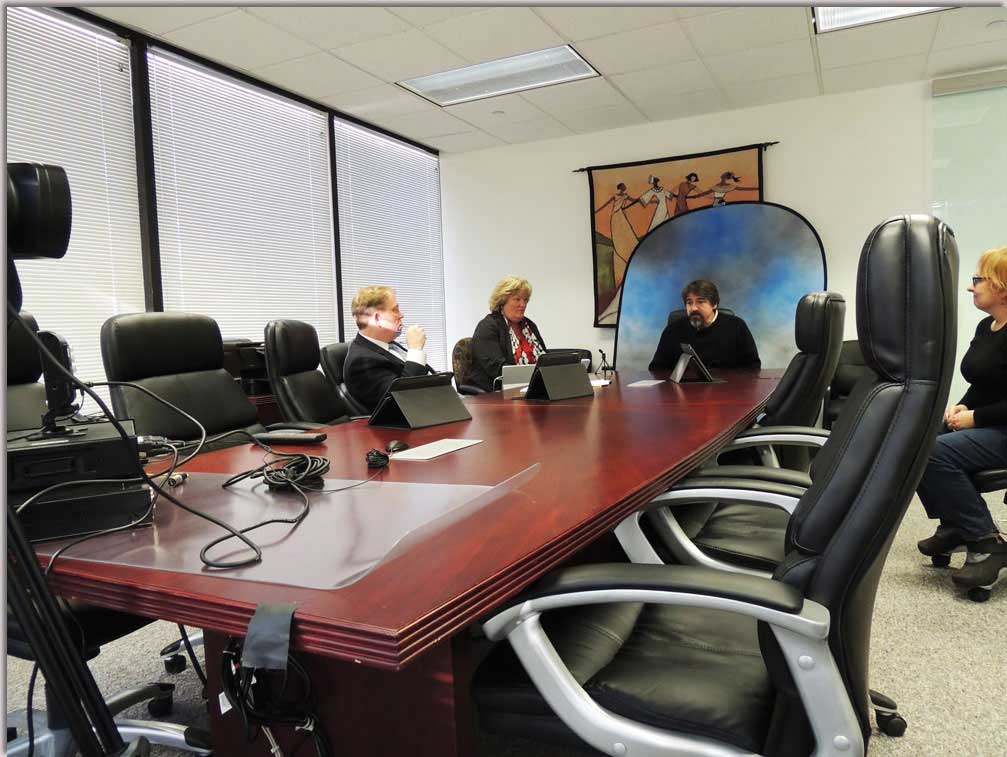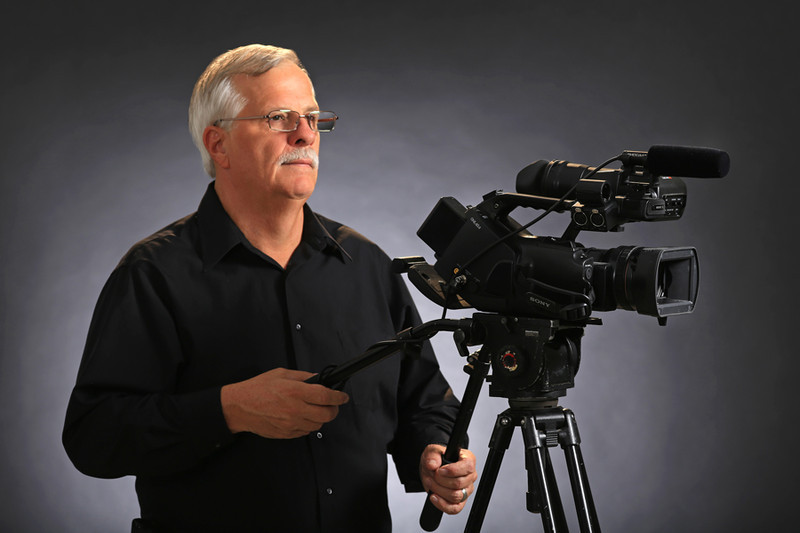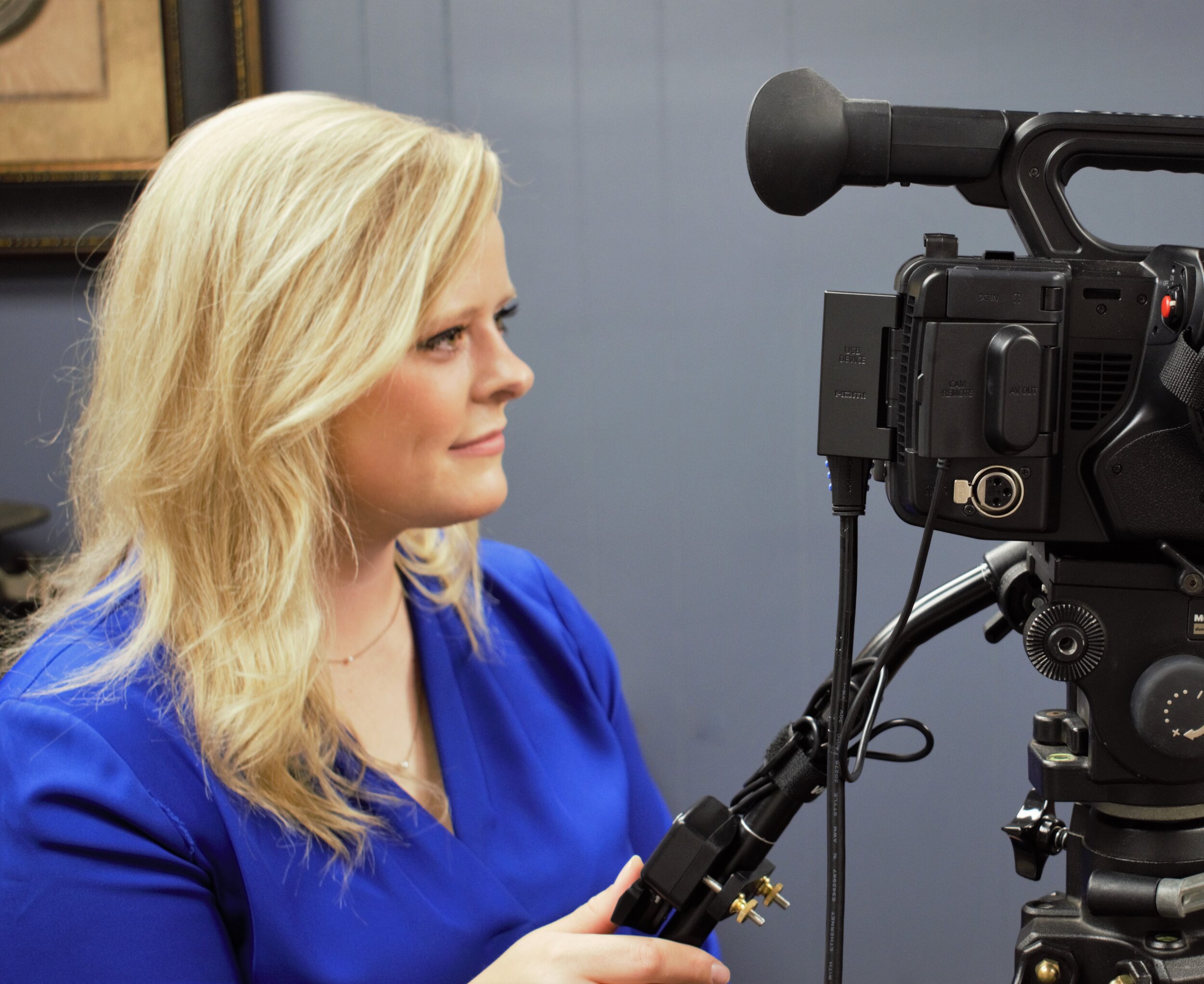The Duty of Legal Videography in Modern Legal Proceedings
The Duty of Legal Videography in Modern Legal Proceedings
Blog Article
Diving Into the Mechanisms of Lawful Videography: Unveiling Its Operation in Safeguarding Authentic Aesthetic Testimony for Judicial Proceedings
In the realm of judicial procedures, the duty of legal videography stands as a cornerstone in preserving and presenting visual evidence. As innovation proceeds to advance, the devices behind legal videography have become progressively detailed, offering a critical layer of authenticity to testaments caught on video clip.
Historic Development of Lawful Videography
Taking a look at the historic development of lawful videography reveals a substantial makeover in the catching and discussion of visual proof within the lawful landscape. In the past, legal process heavily depended on written records and photos to document events and supply evidence. With the development of video clip modern technology, the lawful market experienced a standard change in how visual testimony was captured and provided.
The evolution of lawful videography can be mapped back to the late 20th century when improvements in video clip recording tools made it much more accessible for use in courtrooms. This technological development not only improved the precision and reliability of aesthetic proof but also reinvented the method instances were offered to discretionary (Legal Videography). Attorneys began to identify the influential power of video clip recordings in sharing feelings, nuances, and non-verbal cues that written transcripts or photographs alone could not capture efficiently

Modern Technology Improvements in Video Paperwork
What vital technological improvements have revolutionized video documents in the lawful area? The legal area has seen significant innovations in video paperwork innovation that have actually improved the authenticity and dependability of aesthetic proof in judicial proceedings.
Moreover, advancements in video file encryption and watermarking innovations have reinforced the security and tamper-proof nature of video clip proof, securing it against unapproved modifications or meddling. The arrival of cloud storage space solutions and remote access capacities has streamlined the storage space, access, and sharing of video clip proof, facilitating seamless cooperation among lawful specialists and making certain efficient access to important aesthetic testimonies when required. These technical advancements in video documentation have definitely revolutionized the legal field, enhancing the precision, integrity, and admissibility of aesthetic proof in judicial process.
Role of Lawful Videographers in Court Room Settings
The evolution of video clip documentation technology in the lawful area has necessitated a crucial function for lawful videographers in court room settings, guaranteeing the honesty and dependability of aesthetic testaments provided during judicial proceedings. Legal videographers play an essential role in catching and maintaining exact aesthetic proof that can be crucial in court cases. Their responsibility includes establishing up devices, tape-recording process, and generating high-grade video clips that properly reflect the events in the court.
In addition, legal videographers commonly work closely with lawful groups to make sure that the video evidence aligns with the situation's requirements and can be properly presented in court to support the legal arguments being made. Overall, the role of legal videographers in court settings is important in maintaining the concepts of justice and ensuring the transparency of legal proceedings. Legal Videography.

Ensuring Admissibility and Stability of Video Proof
To maintain the trustworthiness of aesthetic evidence presented in legal process, guaranteeing the admissibility and honesty of video clip proof is an important responsibility for lawful videographers. Admissibility describes the acceptance of evidence by the court, and for video evidence to be admissible, it must satisfy certain standards. Legal videographers play a vital duty in making sure that the videos they record adhere to the rules of evidence, such as dependability, credibility, and importance.
Honesty of video clip evidence involves moved here maintaining the creativity and accuracy of the video footage from the time it is taped up until it exists in court. This includes firmly keeping the video clip data, recording the chain of guardianship, and protecting against any tampering or changes. Lawful videographers should stick to strict protocols to ensure the honesty of the video evidence and prevent any kind of challenges to its credibility.
Future Trends in Legal Videography
Given the increasing dependence on modern technology in lawful process, lawful videographers are positioned to embrace innovative developments shaping the future of aesthetic testimony capture and discussion. Among the prominent patterns on the perspective is the combination of digital fact (VR) and increased truth (AR) technologies right into legal videography. These modern technologies have the prospective to revolutionize just how aesthetic evidence is provided in court rooms, allowing courts and judges to immerse themselves in the scene of the crime or incident.
Furthermore, using expert system (AI) formulas for video analysis is expected to improve the procedure of assessing and assessing huge amounts of video footage. AI can aid in determining crucial minutes, abnormalities, and patterns within videos, improving the efficiency of lawful investigations.

Verdict
Finally, legal videography has played a crucial duty in offering genuine aesthetic evidence for judicial find out this here procedures. With technological developments and the competence of lawful videographers, the stability and admissibility of video evidence are guaranteed in court room settings. As legal videography proceeds to progress, it will certainly be important to copyright criteria that maintain the precision and reliability of visual statement for the future of legal proceedings.
Checking out the historical development of legal videography discloses a substantial transformation in the recording and presentation of aesthetic proof within the legal landscape.The advancement of video clip documents innovation in the lawful field has necessitated an essential duty for lawful videographers in courtroom settings, making sure the integrity and integrity of aesthetic statements offered throughout judicial process. Additionally, legal videographers frequently function closely with legal groups to ensure that the video evidence straightens with the situation's needs and can be efficiently presented in court to support the legal arguments being made.To preserve the credibility of visual evidence provided in legal procedures, ensuring the admissibility and integrity of video clip proof is a crucial obligation for legal videographers. As lawful videography continues to evolve, it will be crucial to promote criteria that keep the precision and dependability of visual statement for the future of legal process.
Report this page